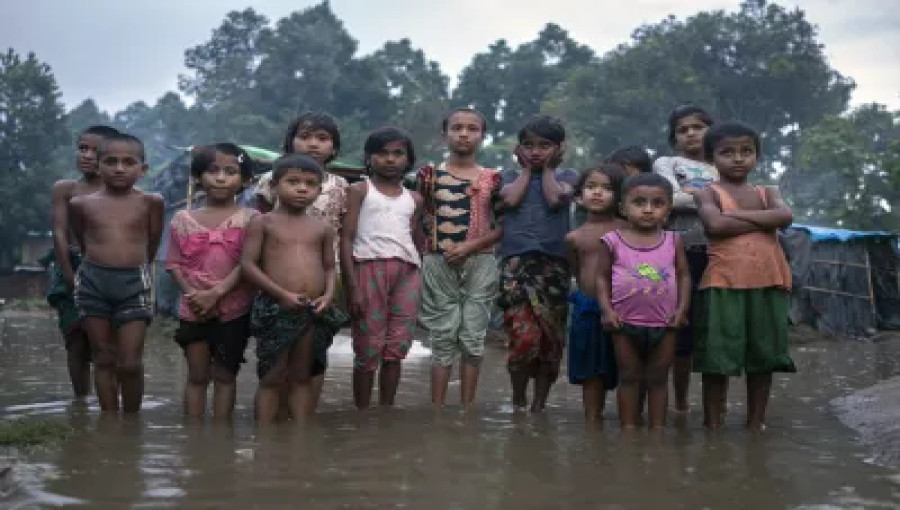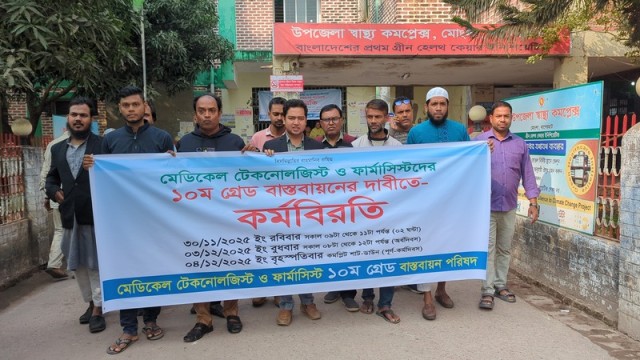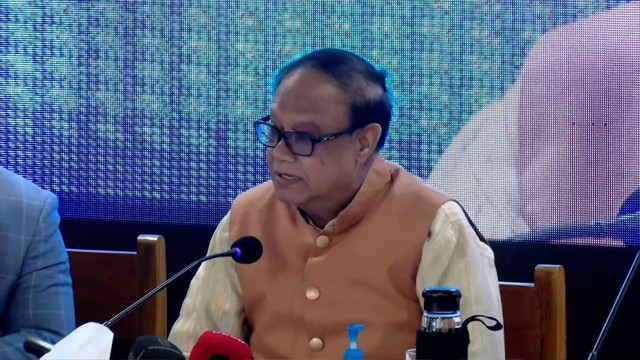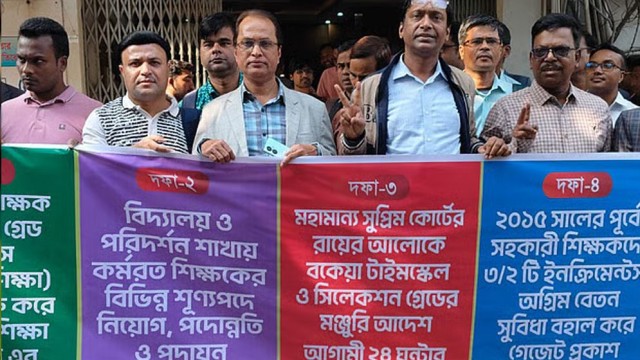United States, Nov 20, 2024 (V7N) – The United Nations agency for children, UNICEF, has released its annual report, projecting a troubling future for youth by mid-century, unless decisive actions are taken by policymakers. With growing demographic shifts, worsening climate change, and rapid technological transformations, the report highlights critical risks that could undermine the progress made in improving children's lives, especially for girls.
In a statement accompanying the release of the report, UNICEF Executive Director Catherine Russell emphasized the broad range of crises impacting children globally, from climate shocks to online dangers. She warned that these challenges will intensify in the coming decades, placing decades of progress, particularly for girls, at risk.
"The solutions are in the hands of today's decision-makers," said Cecile Aptel, deputy director of UNICEF's research division. "Children of the future face many risks, but they don't have to face them alone if we act now."
Three Major Risks for Children by 2050
UNICEF's report identifies three primary threats to children by 2050, alongside unpredictable conflicts:
Demographic Changes:
The global child population is expected to remain around 2.3 billion but will represent a smaller share of an overall global population projected to reach 10 billion. While children will still make up a significant proportion of populations in developing regions, particularly sub-Saharan Africa, their numbers are expected to drop in developed countries. This demographic shift raises concerns about the rights and visibility of children in aging societies.
Climate Change:
Climate risks are set to escalate. If current trends continue, by 2050, children could experience:
- 8 times more heatwaves
- 3 times more extreme flooding
- 1.7 times more wildfires
These climate impacts, combined with the rising frequency of extreme weather events, will endanger children’s health, education, and overall well-being.
Technological Divide and Risks:
While new technologies, particularly artificial intelligence, offer opportunities for progress, they also threaten to widen the gap between rich and poor. Only 26% of people in the least developed countries have internet access compared to 95% in developed nations, leaving children in poorer areas at a significant disadvantage. In addition, the uncontrolled spread of new technologies poses risks to children's privacy and safety, particularly in the form of online exploitation.
UNICEF urges global leaders to address these pressing issues by ensuring access to education, healthcare, and jobs for children in developing regions. Moreover, action is needed to reduce the digital divide and protect children's personal data from online dangers.
"As we look to the future, we must invest in the well-being of our children and youth, or risk leaving them to bear the consequences of today's inaction," Russell concluded.
END/WD/RH/































Comment: